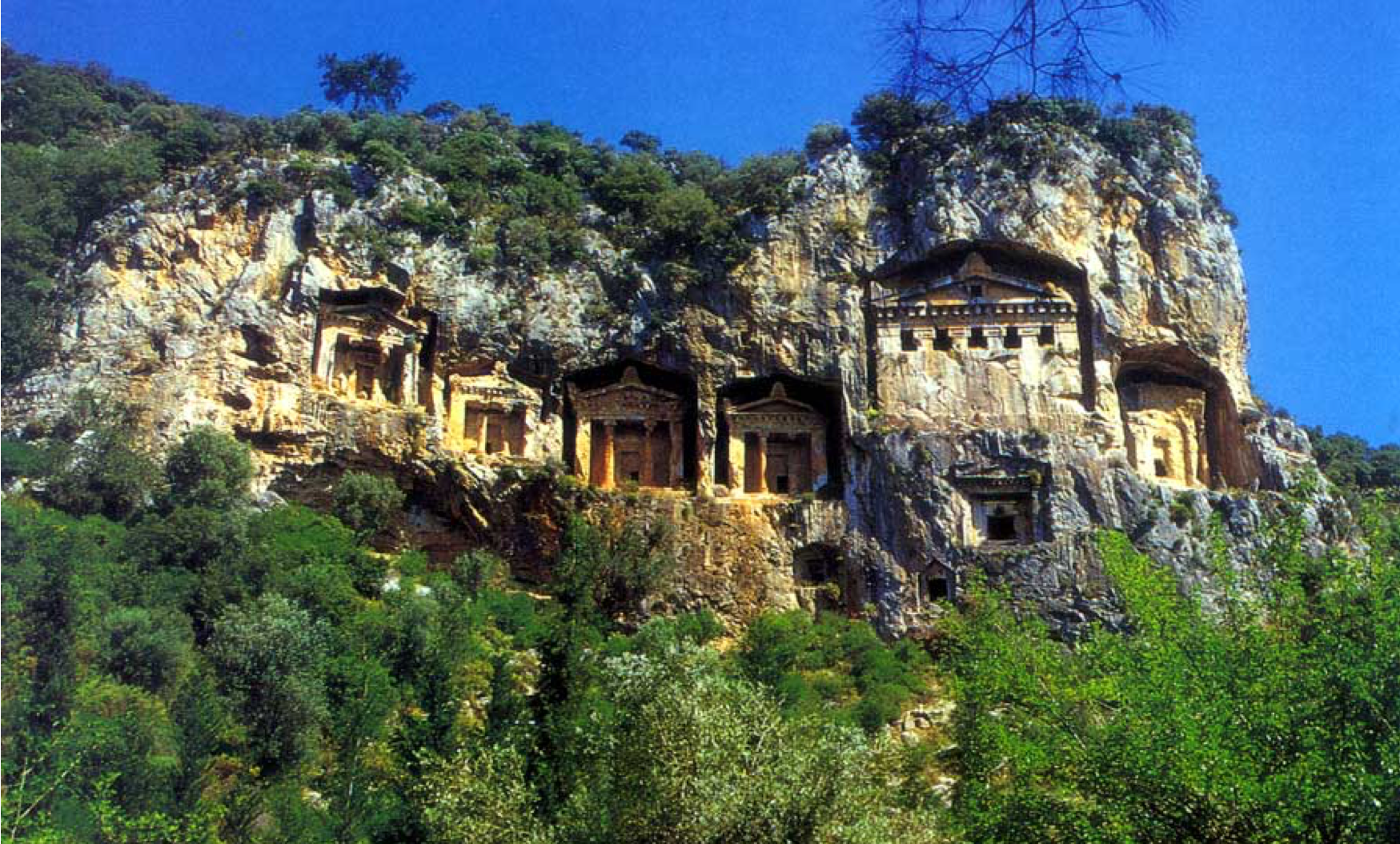
Etruscan Architecture in a Global Context: Life, Death and Transition
Lectures (3)
Loading Accordion Items...The Overview
This module will provide three distinct lectures on the global connections embedded in Etruscan culture and civilization – including its theological bases, material technologies and architectural productions. The Etruscan civilization (roughly 800 BCE to 200 BCE) was a central part of pre-Modern, Iron Age Europe (both geographically and culturally). While influenced by Greek work and often seen as a precedent for later Roman architecture, the complexity of Etruscan culture also suggests significant ties to other global locations in North Africa, West Asia and beyond. The Etruscan use of different materials and building techniques (including forged iron tools, formed and fired brick masonry, assembled wood structures, and carved-and-stacked stone spaces) provide linkages to Mesopotamia and Egypt. Their belief structures and worldview, however, likely relate more to northern European traditions. Etruscan architectural productions thus can be seen as arising from a combination of truly global influences. The first lecture discusses the origins of Etruscan culture and maps its global connections, through materials, technology, belief structure and trade. The chosen sites include several early Etruscan cities (location, urban layout, order), residences, and temples, with discussions of their linkages to theologies and cultural practices, artistic traditions, and material processes. The second lecture will focus specifically on the ritual death practices and tomb architecture of Cerveteri and Tarquinia sites. Recognized as UNESCO World Heritage Sites, these Etruscan ‘cities of the dead’ have complex layouts and pathways in addition to hundreds of rock-cut spaces and assembled tumuli, with deep connections to geology, landscape, and theology. The Etruscan carving of tombs into native stone is itself part of a global network of chthonic architecture connecting to India, Africa, Western Asia, northern Europe and beyond. This network is further indicated a previous GAHTC module. The third lecture will focus specifically on the transition from Etruscan to Roman power, and the corresponding cultural and architectural assimilation. From temple forms to stone vaulting techniques, the Etruscan building legacy remains embedded in early Roman architecture and resonated throughout later global Empire. Through these three lectures, this module provides a targeted discussion of Etruscan architecture in its global context.


